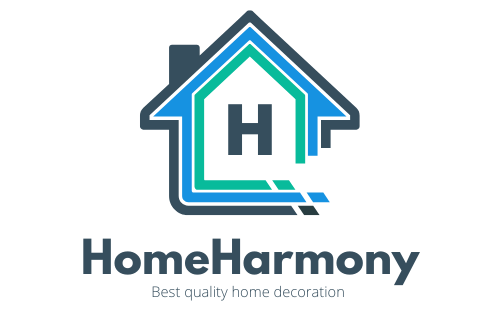Open-Plan Living: The Heart of Modern Homes

The concept of open-plan living has taken the world by storm, breaking down the barriers between traditional rooms. By removing walls and creating fluid spaces, families can enjoy a more interactive and social lifestyle. An open-plan design allows the kitchen, dining, and living areas to merge, offering a spacious feel even in smaller homes. This trend is not just about aesthetics; it’s about creating a functional area where family members can engage with each other. Imagine cooking dinner while chatting with guests on the couch or supervising children doing homework at the dining table. Open-plan living fosters a sense of togetherness and has become a must-have in modern home design.
Home Office: The New Normal
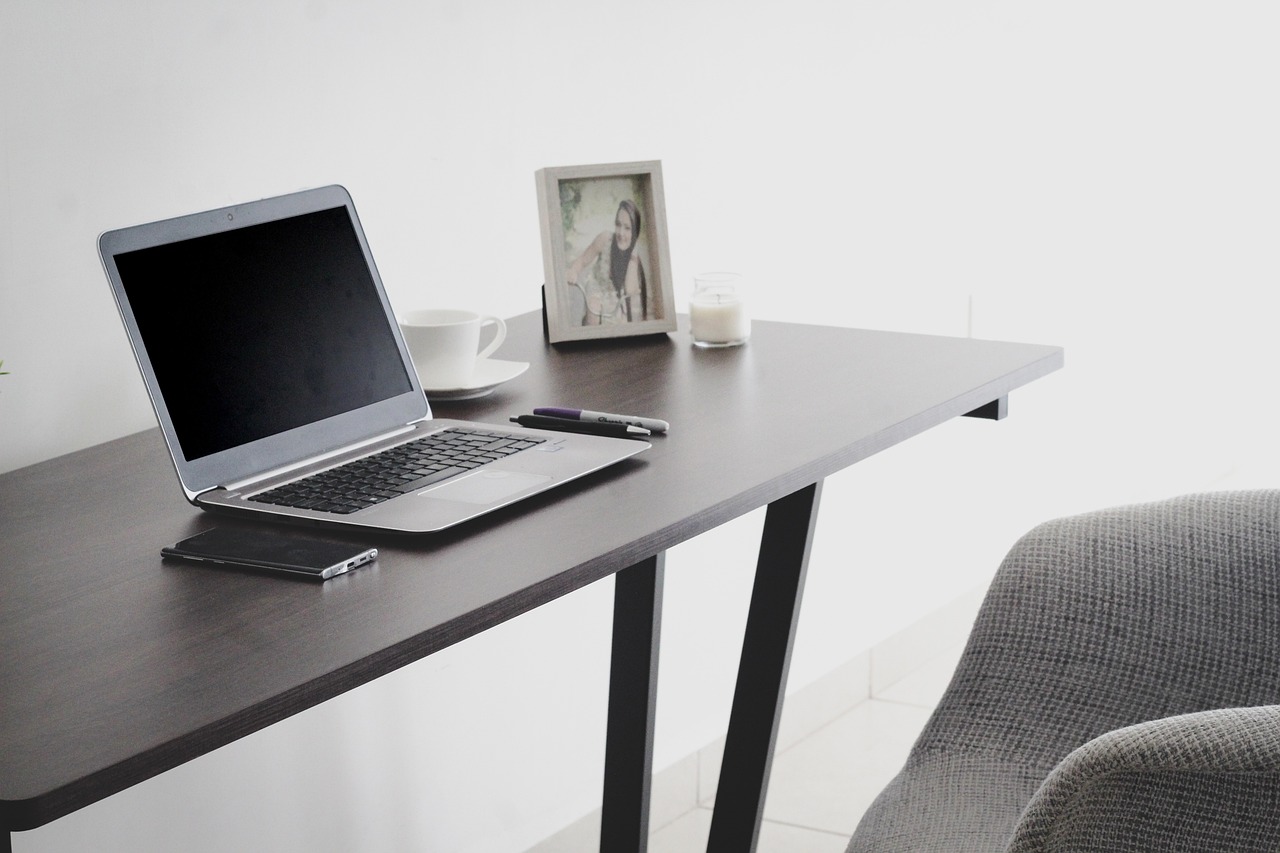
With the rise of remote work, the home office has become an essential space in modern homes. People are transforming spare bedrooms, nooks, or even corners of living rooms into efficient workspaces. A well-designed home office can boost productivity and focus, making it crucial to incorporate ergonomic furniture and adequate lighting. Some homeowners are even integrating their workspaces into other rooms, creating dual-purpose areas that maximize space. As the line between work and home life blurs, a dedicated space for professional tasks is more important than ever. This trend reflects the changing dynamics of work and home life in the 21st century.
Kitchen Islands: More Than Just a Cooking Space
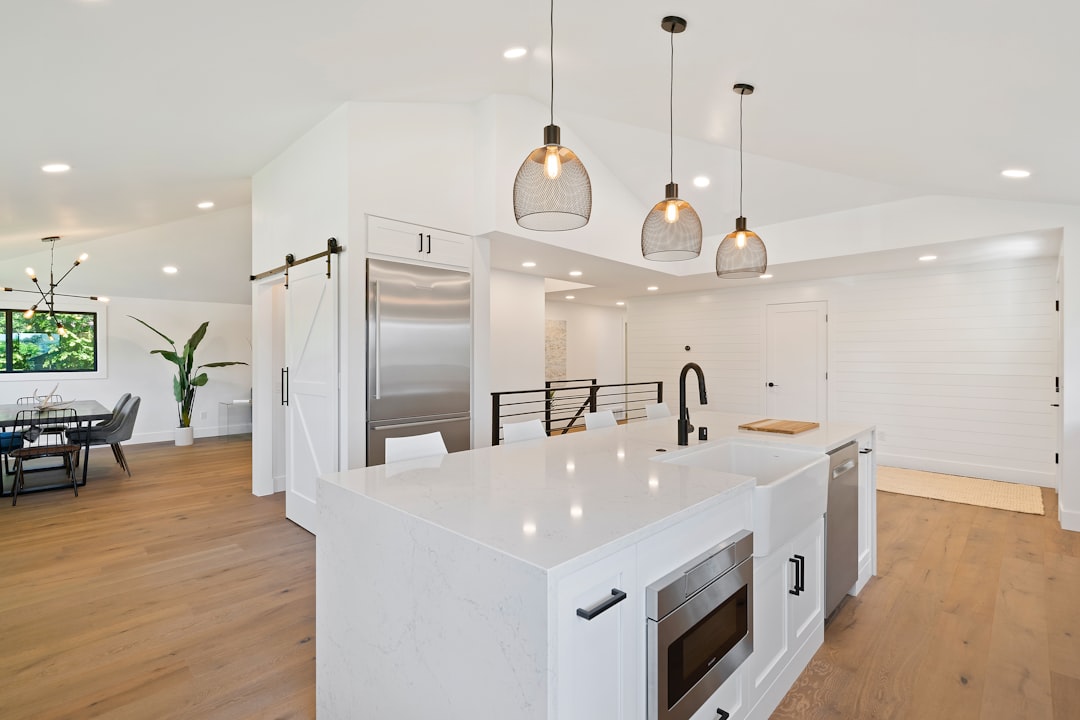
Kitchen islands have evolved from simple countertops to multifunctional hubs in modern homes. These islands serve as preparation areas, dining tables, and even workstations. With the addition of storage cabinets, they become a practical solution for keeping kitchen essentials organized. Many homeowners also incorporate seating, turning the island into a casual dining spot. The kitchen island’s versatility makes it a central feature in open-plan designs, offering a seamless transition between cooking and socializing. As families spend more time in the kitchen, this space becomes a focal point for gathering and entertaining.
Flexible Guest Rooms: Ready for Anything
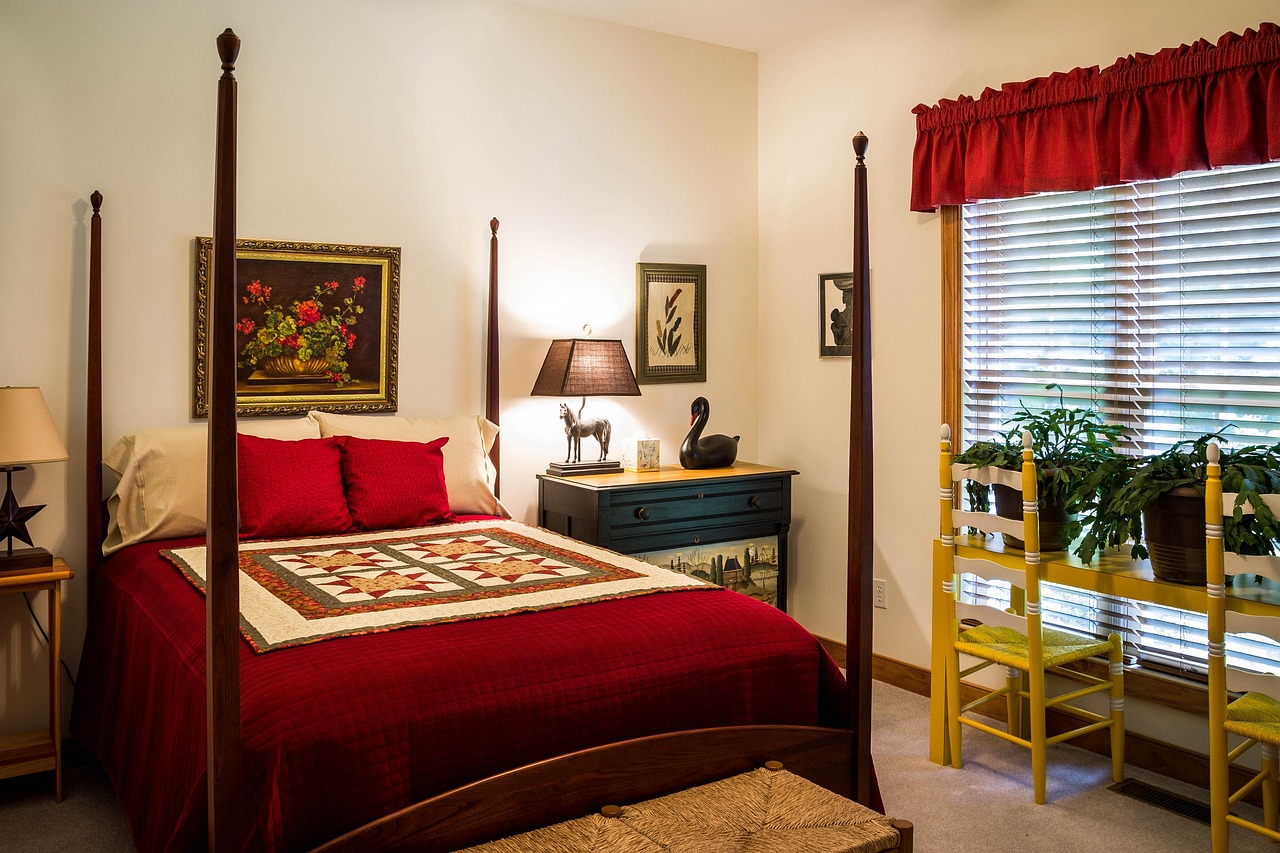
Gone are the days when guest rooms were reserved solely for visitors. Today, these spaces are designed to serve multiple purposes, from home offices to hobby rooms. A flexible guest room can be easily transformed with the right furniture, such as a fold-out desk or a Murphy bed. This adaptability allows homeowners to make the most of their space, accommodating both daily activities and occasional guests. As urban living spaces shrink, the need for versatile rooms becomes increasingly important. By reimagining the guest room, homeowners can create a dynamic environment that caters to their ever-changing needs.
Outdoor Living Spaces: Bringing the Indoors Out
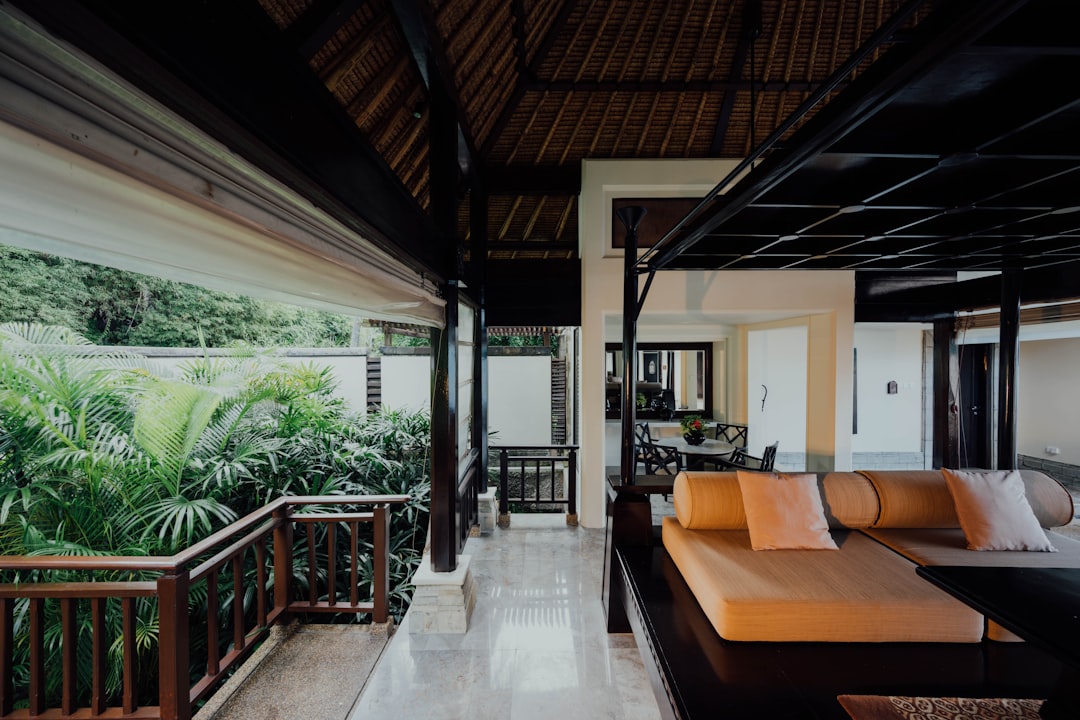
The line between indoor and outdoor living is becoming increasingly blurred as homeowners seek to extend their living spaces beyond four walls. Outdoor areas, such as patios and decks, are being transformed into functional living spaces with comfortable seating, dining areas, and even kitchens. These spaces provide a sanctuary for relaxation and entertainment, allowing families to enjoy nature without leaving home. The trend towards outdoor living reflects a desire for a more balanced lifestyle, where the comforts of home meet the tranquility of nature. As a result, outdoor spaces have become an integral part of modern home design.
Basements: From Storage to Living Spaces
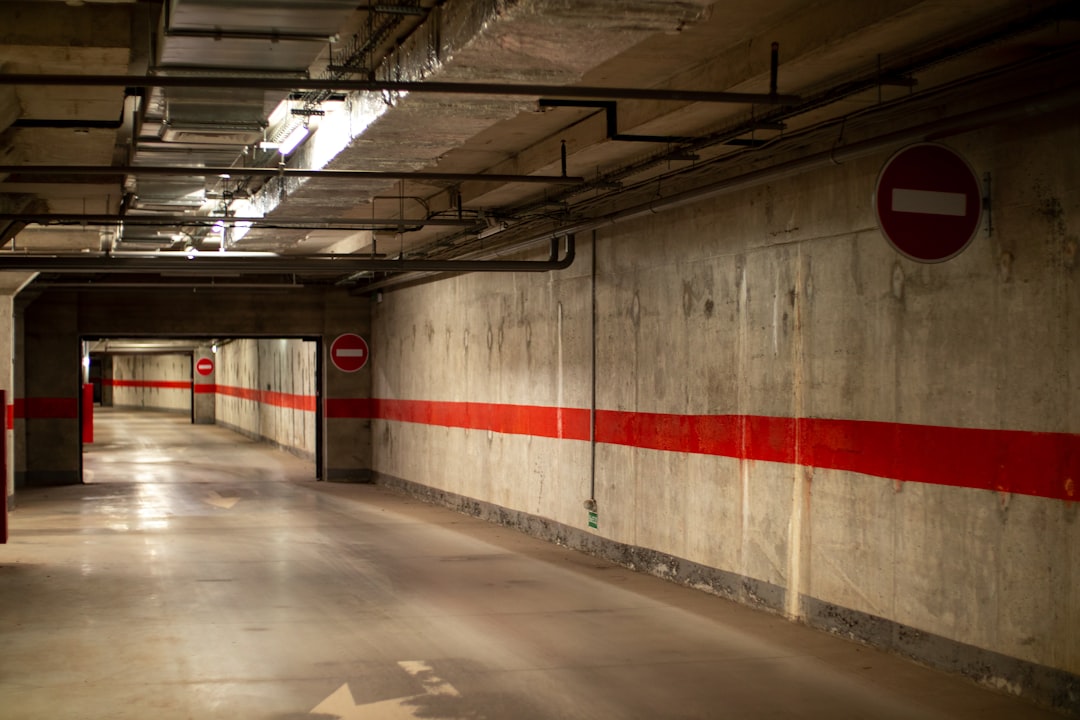
Basements are no longer dark, unused areas reserved for storage. Homeowners are transforming these spaces into vibrant living areas, such as home theaters, gyms, or playrooms. By finishing basements with proper insulation, lighting, and decor, they become valuable extensions of the home. This trend is particularly popular in regions with limited space, as it offers a cost-effective way to increase living areas without expanding the home’s footprint. The basement’s versatility allows homeowners to create customized spaces that cater to their unique lifestyles and interests.
Multi-Functional Bedrooms: Rest and Recreation
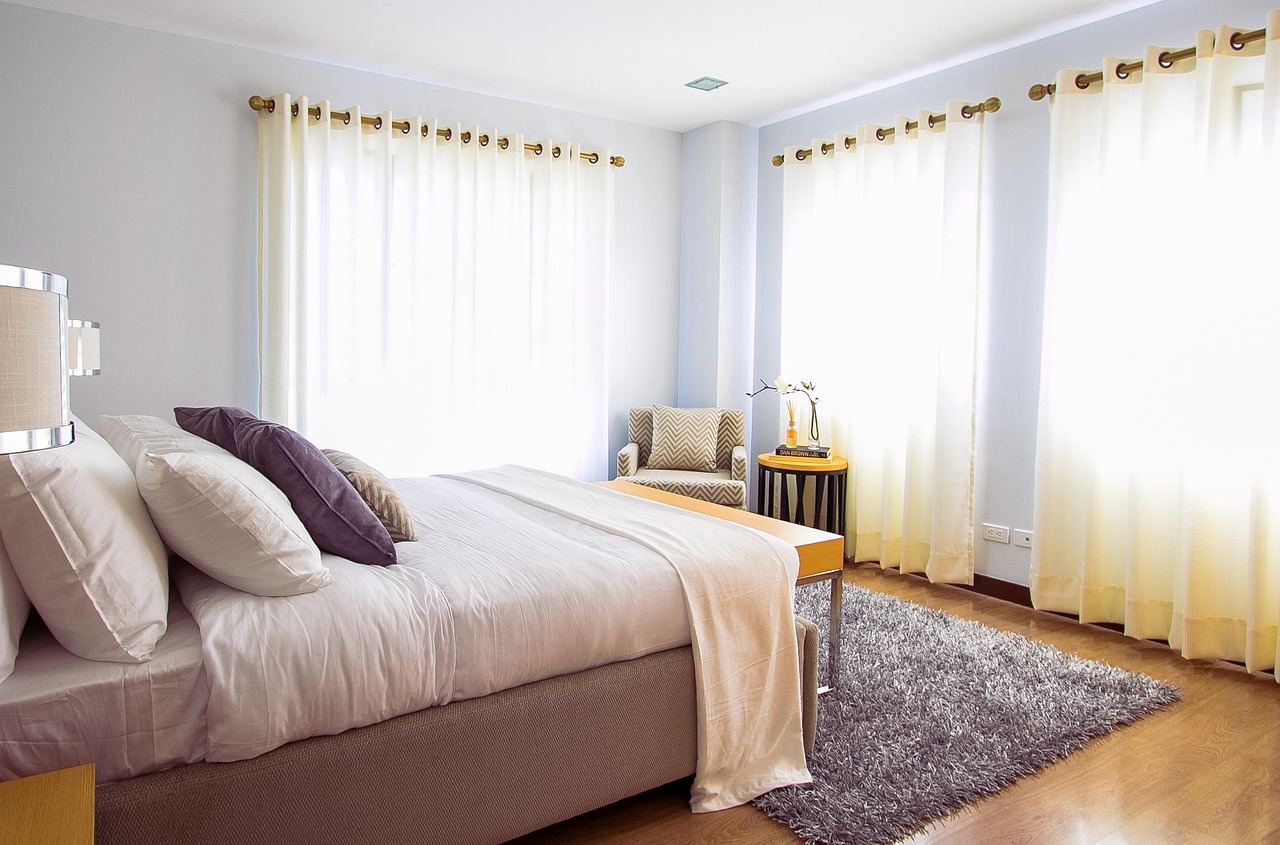
The modern bedroom is evolving into a multifunctional space that goes beyond sleep. Homeowners are incorporating features like reading nooks, exercise areas, or even small workstations into their bedrooms. This trend is driven by the desire for convenience and personal space in a busy household. With clever design and furniture choices, bedrooms can serve as private retreats that cater to relaxation, productivity, and leisure. The shift towards multi-functional bedrooms reflects the changing nature of personal spaces in today’s homes.
Garage Conversions: From Cars to Creative Spaces
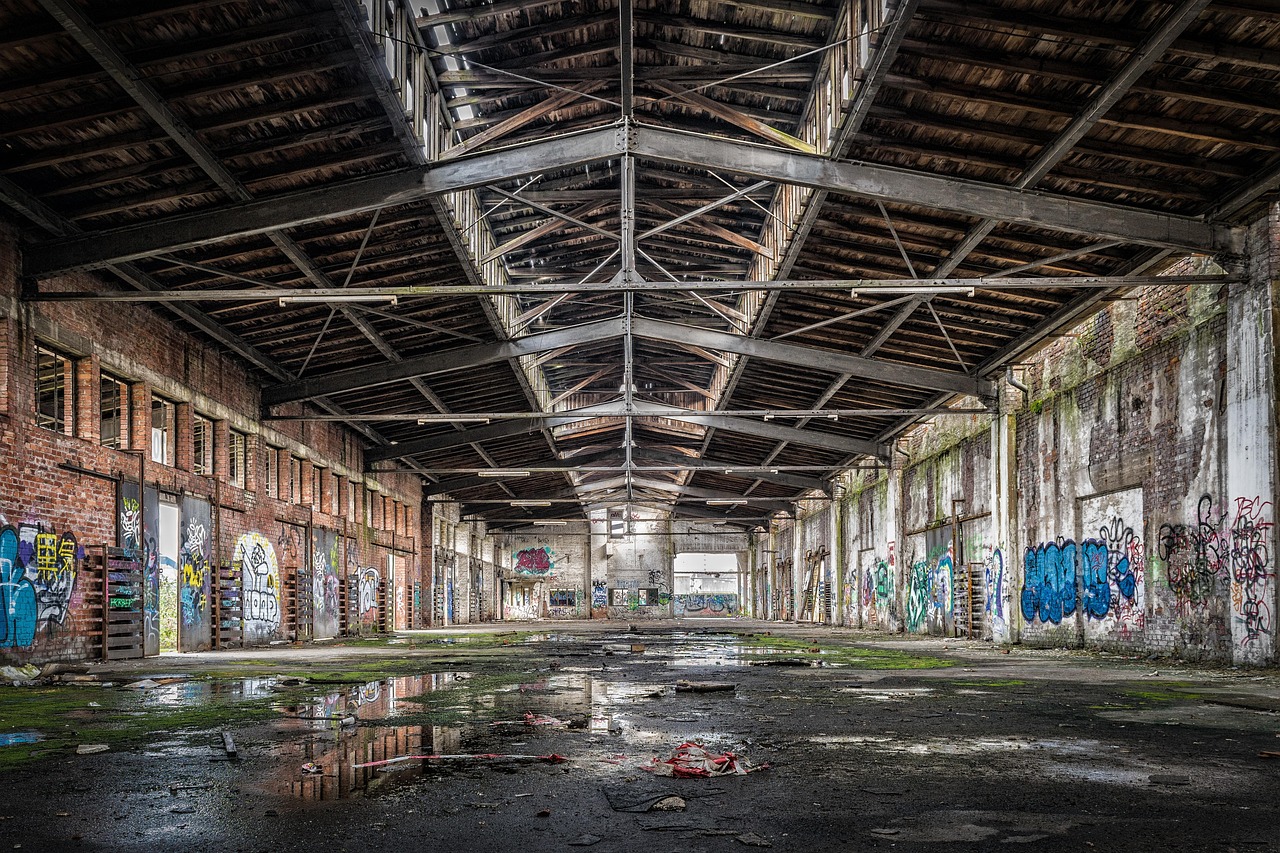
As car ownership declines in urban areas, garages are being repurposed into creative spaces like studios, workshops, or home gyms. This trend allows homeowners to maximize their property’s potential by utilizing underused areas for personal pursuits. Garage conversions offer a unique opportunity to create specialized spaces tailored to individual interests and hobbies. With proper insulation and design, these spaces become comfortable and functional extensions of the home. The garage’s transformation from storage to living space highlights the innovative spirit of modern home design.
Multi-Use Dining Rooms: Beyond Meals
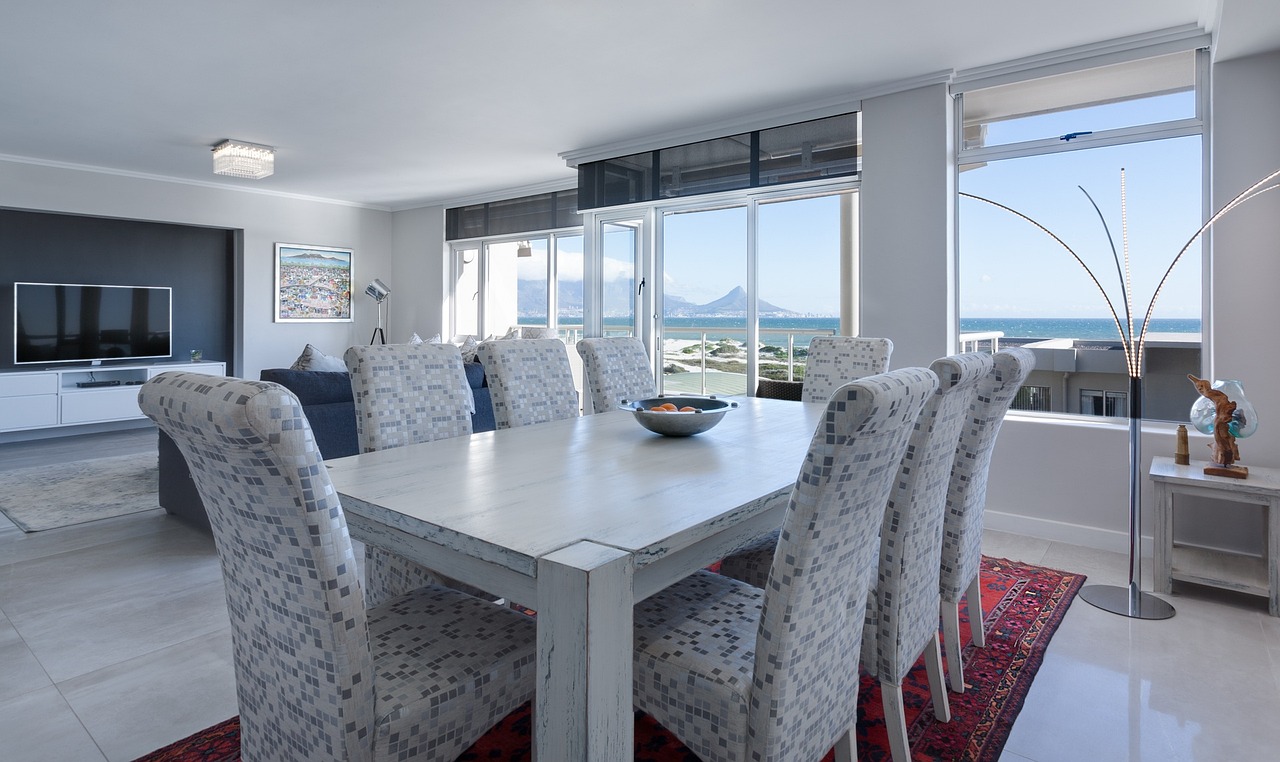
Dining rooms are no longer reserved solely for meals; they are becoming versatile spaces for various activities. Homeowners are incorporating features like bookshelves, craft areas, or even workstations into their dining rooms. This adaptability allows families to use the space for dining, studying, or hobbies. The trend towards multi-use dining rooms reflects the need for flexible spaces that cater to diverse lifestyles. By reimagining the dining room, homeowners can create a dynamic environment that supports both daily routines and special occasions.
Attic Transformations: Unlocking Hidden Potential
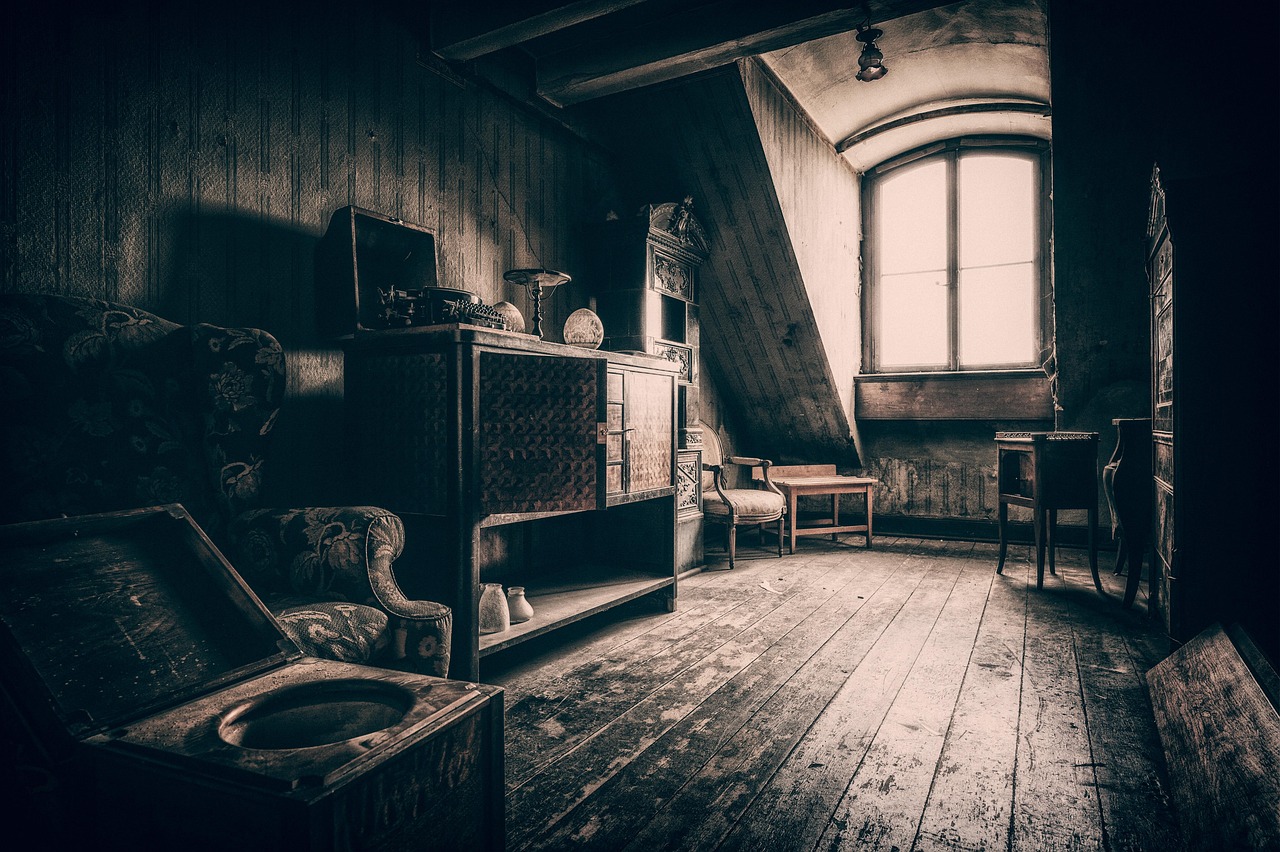
Attics, often overlooked as storage spaces, are being transformed into functional living areas. Homeowners are converting attics into bedrooms, offices, or playrooms by adding insulation, windows, and stylish decor. This trend allows families to make the most of their home’s existing structure, creating valuable living space without the need for costly expansions. Attic transformations reflect a growing awareness of the potential in underutilized areas, offering innovative solutions for modern living. By unlocking the attic’s potential, homeowners can create unique and personalized spaces that enhance their home’s functionality and charm.

Lena is a thoughtful and imaginative writer with a passion for storytelling across the themes of travel, environmental sustainability, and contemporary home aesthetics. With a background in cultural media and a strong visual sensibility, Anna Lena creates content that bridges inspiration with practical insight.
Her work explores the interplay between place, lifestyle, and design—guiding readers through meaningful travel experiences, eco-conscious choices, and modern approaches to living well. Known for her elegant writing style and attention to detail, she brings a fresh, human-centered perspective to every topic she covers.
Anna Lena contributes to digital publications and editorial projects where aesthetics meet purpose. Her writing not only informs but also encourages readers to live more intentionally, sustainably, and beautifully—wherever they are in the world.
